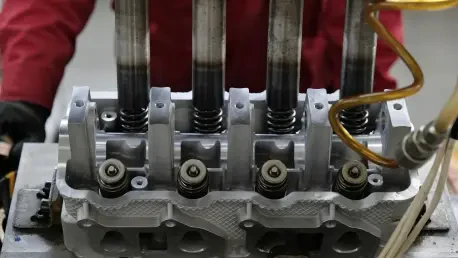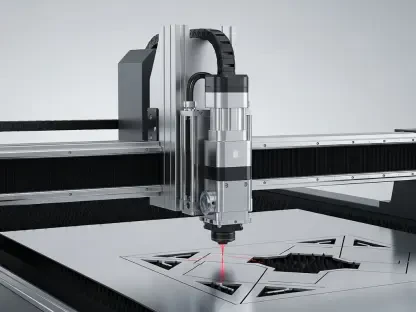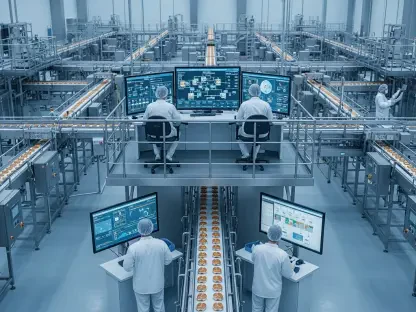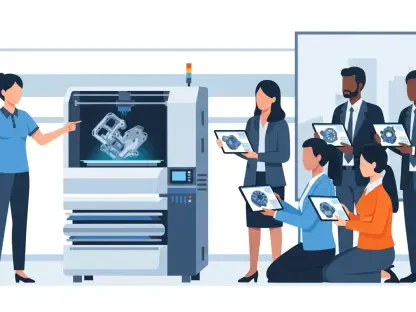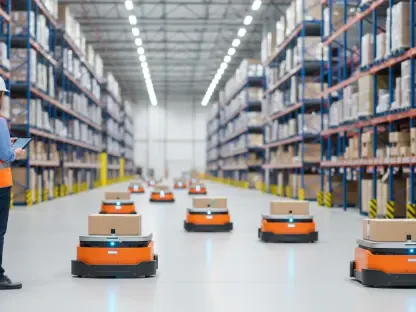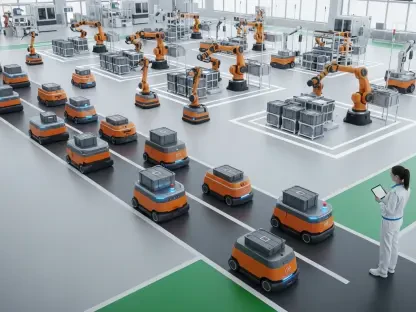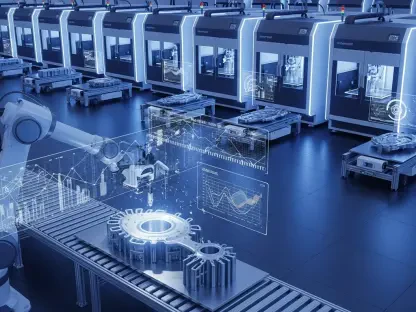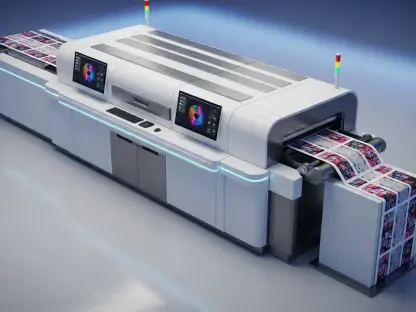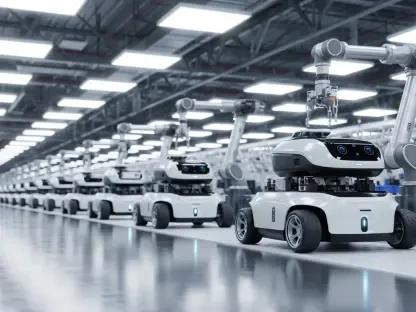Short Introduction
I’m thrilled to sit down with Kwame Zaire, a renowned manufacturing expert with deep expertise in electronics, equipment, and production management. With a sharp focus on predictive maintenance, quality, and safety, Kwame has become a thought leader in the automotive industry. Today, we’re diving into the ambitious expansion plans of a major player in the SUV market, exploring topics like new manufacturing facilities, innovative multi-energy platforms, production capacity goals, and the critical role of service network growth. Let’s unpack how these strategies are shaping the future of automotive manufacturing and customer experience.
How do you see the strategic importance of setting up a new greenfield manufacturing plant for a company looking to boost production for both domestic and export markets?
I think it’s a pivotal move for any automaker aiming to scale. A new greenfield plant offers a fresh slate to implement cutting-edge technologies and optimize workflows from the ground up, which is crucial for meeting rising demand. It’s not just about adding capacity; it’s about building a facility that can adapt to future needs, whether that’s for traditional vehicles or electric models. For domestic markets, it ensures supply keeps pace with consumer expectations, while for exports, it positions the company to compete globally by reducing production bottlenecks. The challenge lies in aligning location, infrastructure, and regulatory support, but the payoff can be transformative.
What challenges do you think companies face during the land acquisition process for such large-scale projects, and how can they navigate those hurdles?
Land acquisition is often a minefield. You’ve got issues like zoning restrictions, environmental clearances, and negotiations with local authorities or landowners that can drag on for years. There’s also the risk of community pushback if the project is seen as disruptive. Companies need to prioritize transparency and stakeholder engagement—working with local governments to ensure mutual benefits, like job creation, is key. Having a robust legal and environmental team to anticipate roadblocks can save time. It’s a slow process, but patience and strategic partnerships can make the difference.
Can you explain the potential game-changing aspects of a modular, multi-energy platform for an automaker’s product lineup and market reach?
Absolutely. A modular, multi-energy platform is a game-changer because it offers flexibility. It allows a company to build a range of vehicles—be it internal combustion, hybrid, or fully electric—on the same architecture, slashing development costs and time. This kind of platform can target untapped segments, especially in markets where consumer preferences vary widely, like India with its mix of urban and rural buyers, or globally where EV adoption rates differ. It’s a forward-thinking approach that not only streamlines production but also positions the company as a versatile player ready for diverse market demands.
How does scaling up production capacity, especially for electric vehicles, reflect broader trends in the automotive industry?
Scaling up, particularly for EVs, mirrors the industry’s urgent shift toward sustainability and electrification. With governments worldwide pushing for net-zero goals and consumers becoming more eco-conscious, automakers have no choice but to pivot. Aiming for high EV production capacity signals a commitment to future-proofing the business. It’s also about capturing market share in a space that’s still relatively open compared to traditional vehicles. The challenge is balancing this with existing internal combustion engine production while investing in battery tech and charging infrastructure. It’s a tightrope, but the trend is clear—EVs are the future.
Why is expanding a service network just as critical as increasing manufacturing capacity for an automaker’s growth strategy?
Manufacturing more vehicles is only half the battle; if you can’t support customers post-purchase, you’re setting yourself up for failure. Expanding the service network ensures that as your vehicle population grows, so does your ability to maintain them, which directly impacts customer satisfaction and brand loyalty. It’s especially vital in diverse markets where urban and rural needs differ—urban centers might need quick, tech-savvy service hubs, while rural areas need accessibility. A strong service network also builds trust, which is invaluable as competition heats up. Neglecting this can undo all the gains from production increases.
What role do you think regional factors, like proximity to existing facilities or government support, play in choosing a location for expansion projects?
Regional factors are huge. Proximity to existing facilities can create synergies—shared supply chains, skilled labor pools, and logistical efficiencies can cut costs significantly. For instance, choosing a location near current plants in a familiar region reduces the learning curve. Government support is equally critical; incentives like tax breaks, infrastructure development, or streamlined approvals can tip the scales. Plus, regions with a history of industrial activity often have better connectivity and resources. It’s about finding a sweet spot where operational benefits meet policy backing.
What is your forecast for the future of multi-energy platforms in shaping the automotive industry over the next decade?
I’m very optimistic about multi-energy platforms. Over the next decade, they’ll likely become the backbone of the industry as automakers grapple with the transition from fossil fuels to electric power. These platforms offer the adaptability needed to navigate uncertain regulatory landscapes and shifting consumer preferences. I expect we’ll see more companies adopting this approach to hedge their bets—balancing EV growth with the lingering demand for internal combustion in certain markets. The ones who master this flexibility will lead the pack, driving innovation in design, efficiency, and sustainability. It’s an exciting space to watch.
